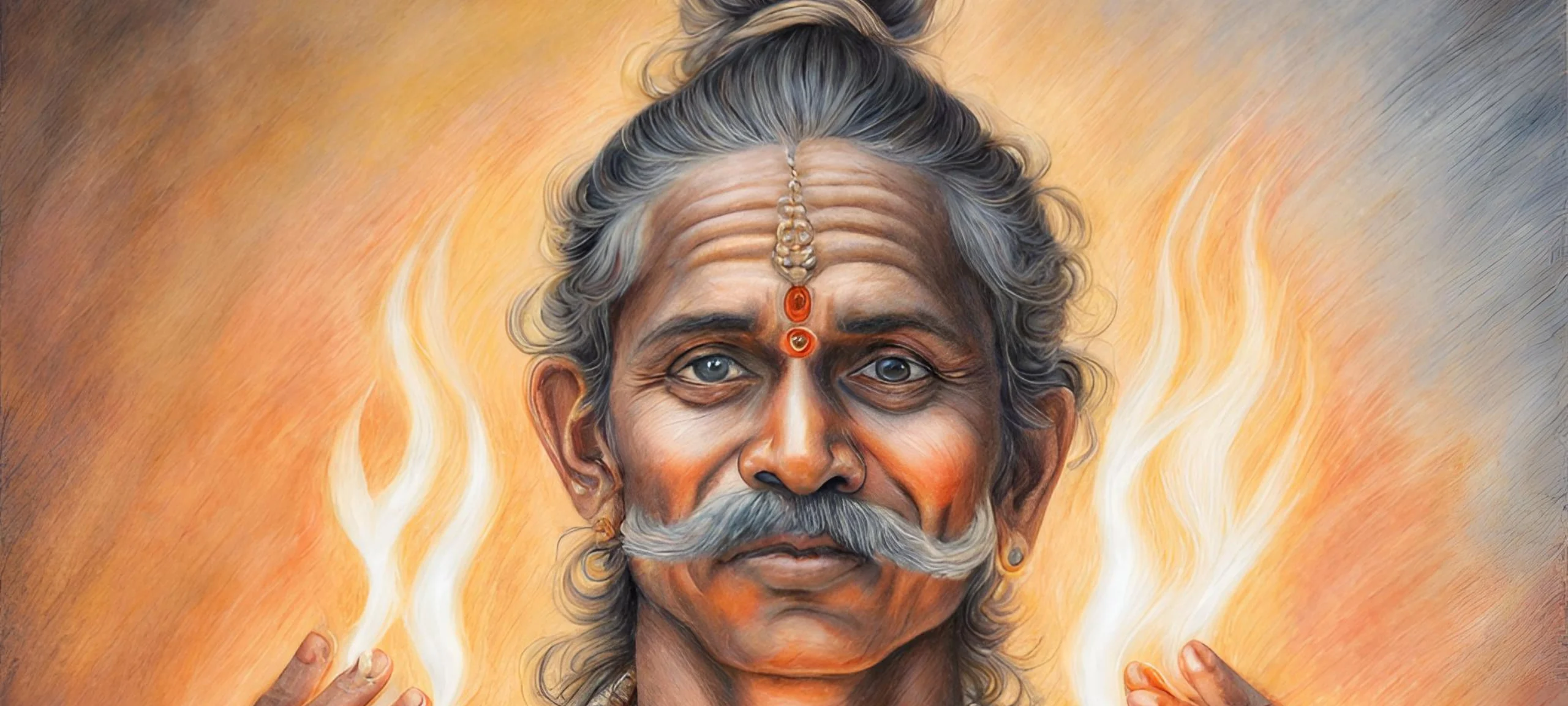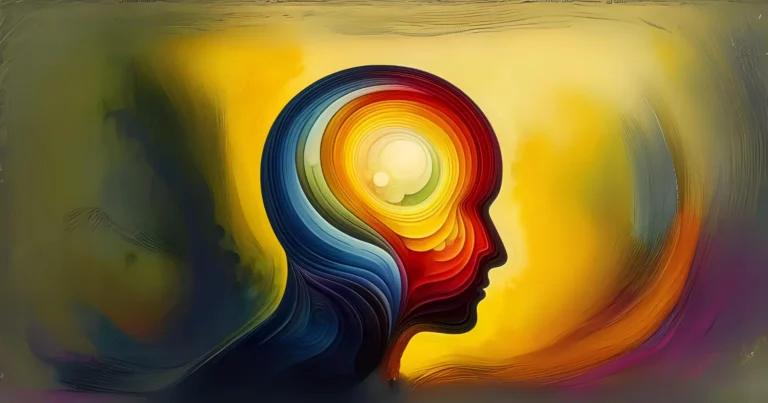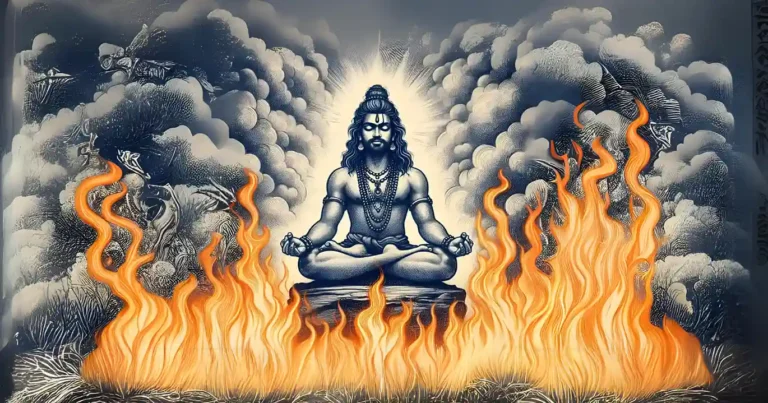Please Like the Blog and Share it for Maximum Reach
Table of Contents
Adi Shankara’s Stages of Upasana Explained
Sri Adi Shankara is the pioneer of modern thought and his Advaita philosophy rules till this day.
Stages of Progressive Sadhana
Shankara reveals that the culmination of all Vedic rituals is the attainment of Jnana platform. This platform arises when there is a one-to-one connection between the individual Self (Atman) and the Supreme Self, Brahman. When the Wisdom of harmony establishes itself between the Individual Self and the Supreme Self, the seeker attains the goal of Upasana.
Nothing remains to prove or establish, beyond this point. People compare Shankara’s thesis, Sadhana Panchaka, to an inclined ladder. This inclined ladder represents the Sadhana process, where the aspirant is making continuous attempts to ascend the ladder of Knowledge.
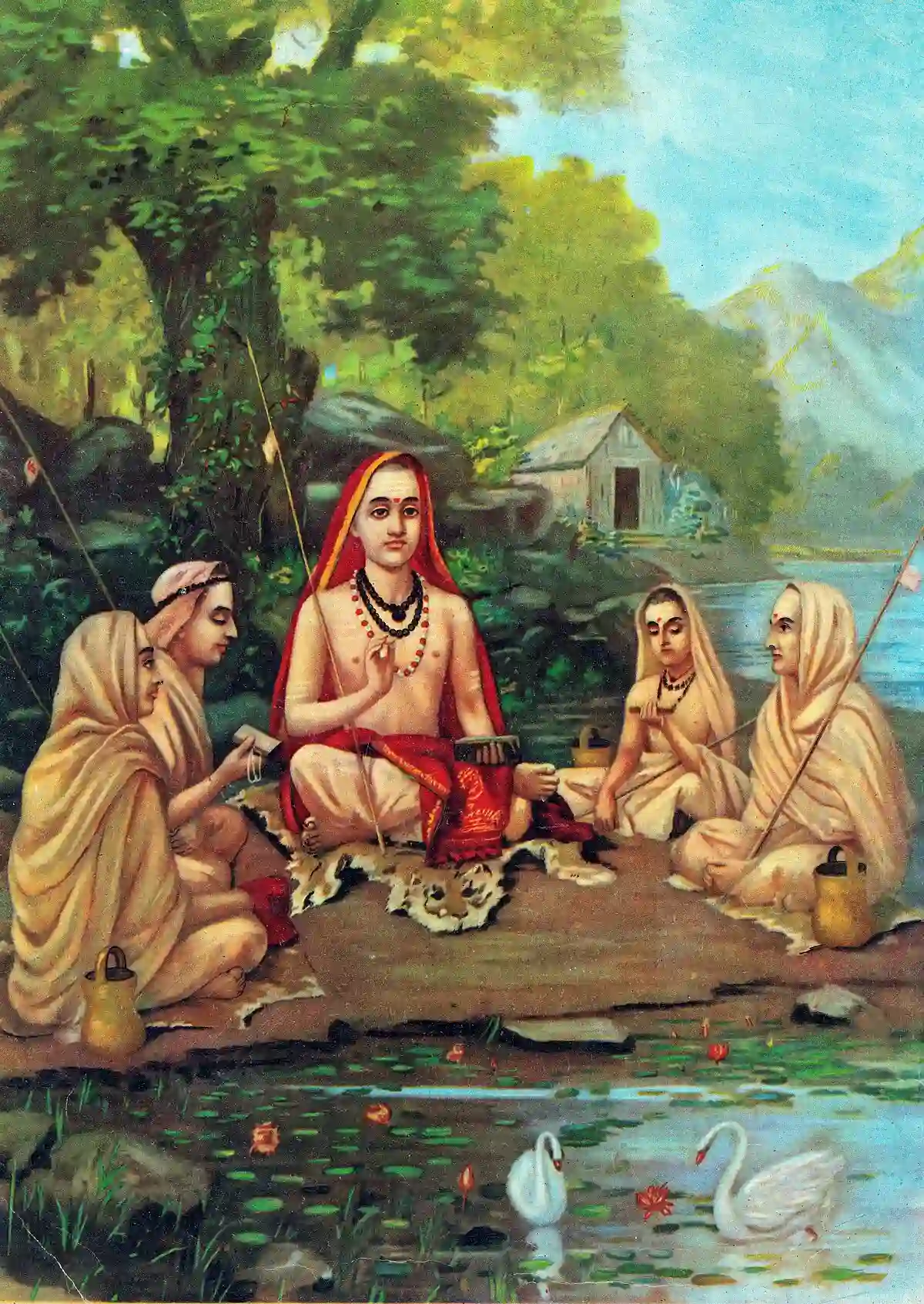
As one climbs with full awareness on the ladder of Sadhana, he also becomes intensely aware of the obstacles. He is observant of his sensory perceptions, the cheating mentality of his own mind and so readjusts the ladder so that he is able to apply the “grip of Truth”.
Once the seeker gets a grip, he steadily ascends the ladder, freeing himself of the sensory limitations.
However, this is a gradual process. It happens one by one, after which the dark night of shrouding Maya starts lifting itself. This experience is just like fire shredding the covering of fog on a winter evening.
As the light of awareness keeps glowing, nothing can be classified as favorable or unfavorable. Observation and the power of attention alone is enough to cut asunder the veil of misconceptions and wrong ideas.
Shankara Defines Upasana
Now we shall see Shankara define Upasana (उपासना).
He says: “उपासनं नाम यथाशास्त्रं उपास्यार्थस्य विषयीकरणेन सामीप्यमुपगम्य तैलधारवत् समानप्रत्ययप्रवाहेण दीर्घकालं यदासनम्”
This means: “Upasana is the science by which an object is approached by dwelling upon it, visualizing it, for a prolonged time period.
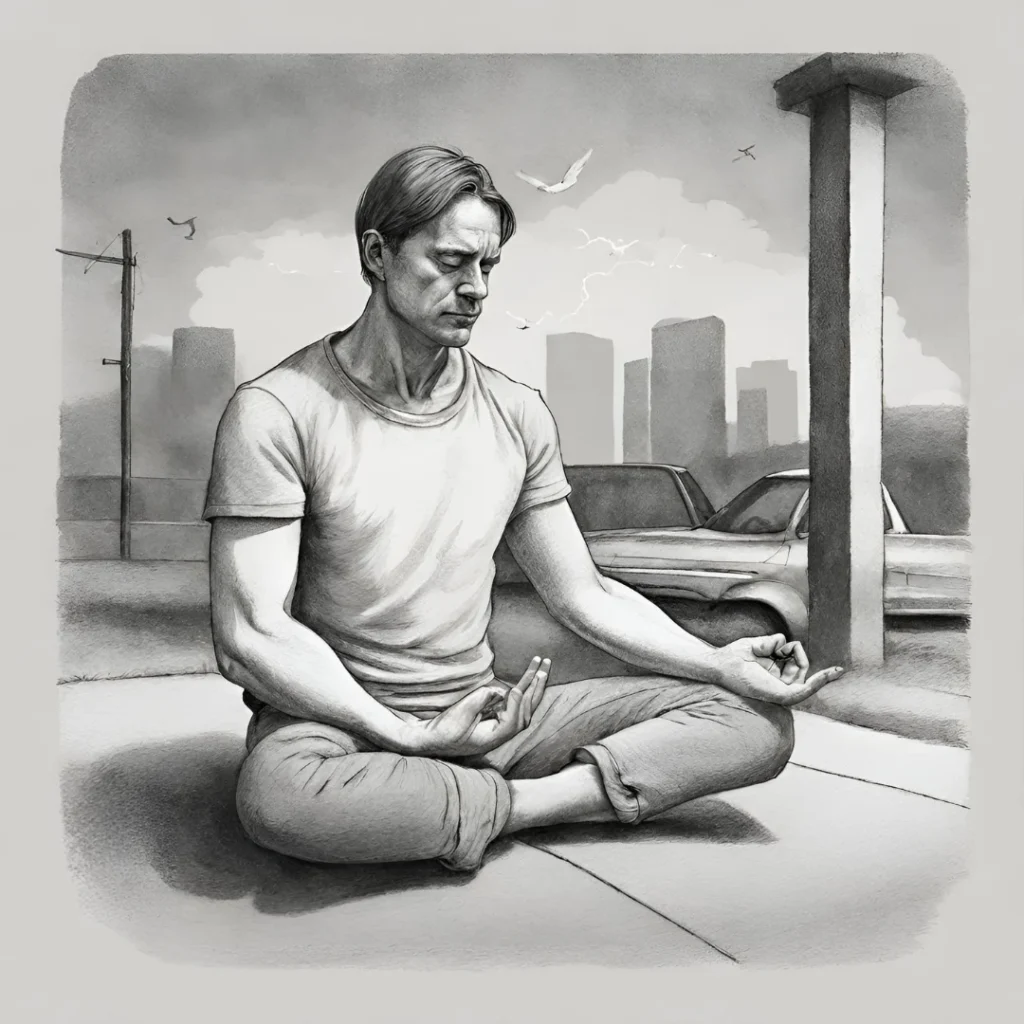
This dwelling is as continuous as the flow of oil from a container-full-of-oil to an empty one.
On this path, the sadhaka never rests through stagnation.
Instead, he improves his resolve, step-by-step.”
Shankara’s conclusions for Best Upasana Results
Shankara says that without understanding the nature of the world, one can never attain the Jnana platform.
Further, he adds, one can never understand Brahaman at all and can never start Upasana when under the grip of the world. So, Shankara Explains the nature of the World as Unreal, Maya, or Impermanent.
His Advaita Philosophy is all about this.
It goes…
The mind is where doubts crop up as it is connected to the sensory organs that collect data, for it to process. Sensory organs tend to cheat us, exaggerate facts, are prone to errors, and cannot calibrate themselves.

So, to start with, the senses cheat. This means that the channels that convey data are faulty in many diverse respects. The mind is prone to passion and ignorance.
Hence, it is infected by the Six Vices namely, Lust, Greed, Anger, Attachment or Illusion, Self-pride, and Envy. When infected by these limiting factors, how can one come to the right conclusions?
If the tools (senses and the mind) used to collect data are faulty, how can the information be correct? It is impossible, says the Shastra. Hence, trying to reach the truth with the help of sensory perceptions is a faulty approach.
Upasana cannot start unless we realize the impermanence of the world.
Shankara’s First Step for Upasana
Based on this statement, Sri Adi Shankara renders his first teaching: ‘Real Knowledge is beyond sensory perception and therefore what we see in unreal, Maya.”
The Kathopanishad warns:
“क्षुरस्य धारा निशिता दुरत्यया दुर्गं पथस्तत्कवयो वदन्ति”
which means, the path of perfection is as sharp as the edge of a razor.
The Brihad Aranyaka Upanishad further reveals:
” तस्मिञ्छुक्लमुत नीलमाहुः पिङ्गल हरितं लोहितं च॥
एष पन्था ब्रह्मणा हानुवित्तस्तेनैति ब्रह्मवित्पुण्यकृत्तैजसश्च, “
It means only a man who has walked the path of goodness qualifies himself to know Brahman. But, indeed it is very difficult and full of obstacles to tread on the path of goodness.
When one walks in line with the Shastra, surviving the dangerous and self-limiting uphill path, our vision will deepen, widening our range of understanding.
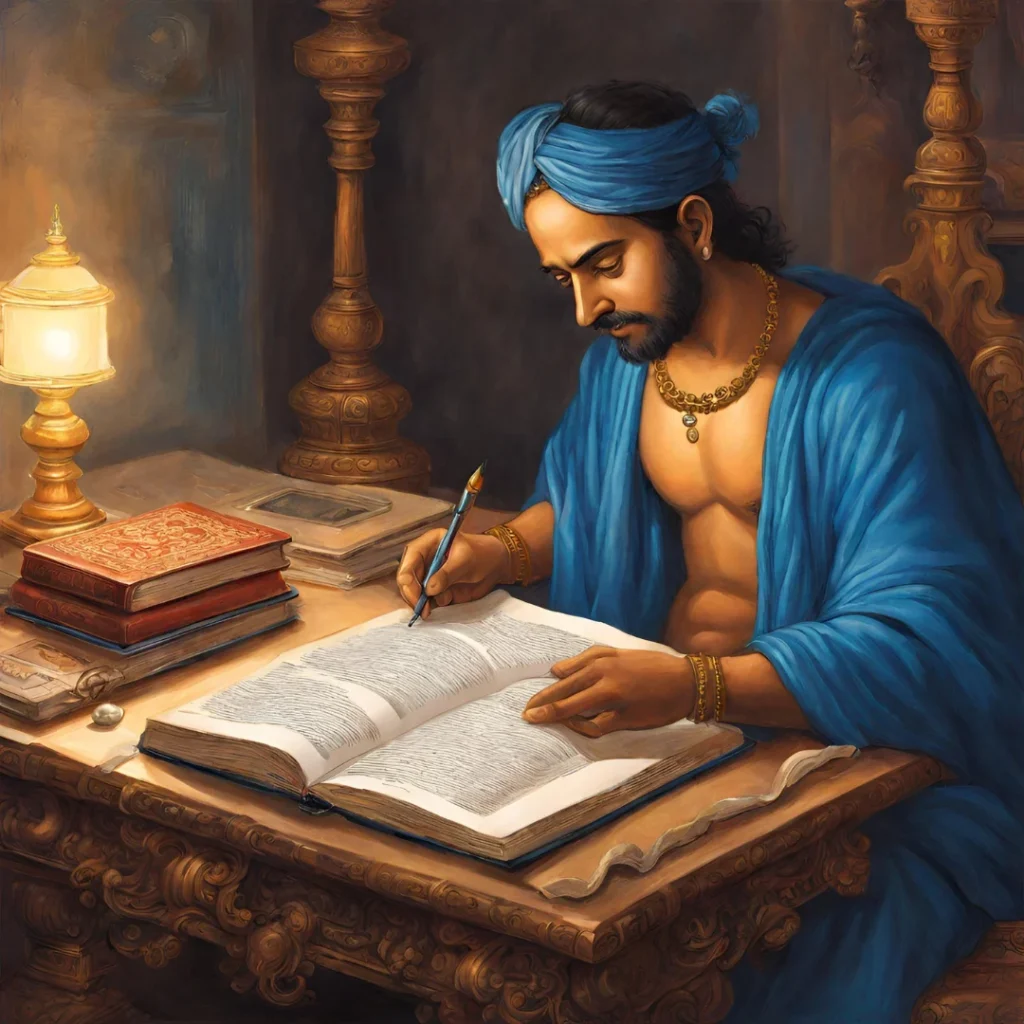
The mind becomes sharper and the presiding deities of the sense shall cast their celestial.
This shall illuminate us with unassailable wisdom, towards the path of perfection.
Test your Alignment with the Spiritual Subject Matter (only 7 Questions)
The scores generated in this Quiz are relative. There are no right or wrong answers. A percentage towards 100 indicates that you are more aligned to the overall subject matter.
When does Upasana fail to Work?
The point of our discomfiture reaches when we paint the world with our own erroneous thought-trains and emotional baggage. It is at that time when the world shall appear like a never-ending, deep, dark rat-hole where we are stuck for good.

When we assume that the mind, world and senses are real, Upasana and Sadhana take a back seat.
Spiritual practice cannot commence until we purify our mind. Only sadhana, with sincere intention, as recommended by Shastra, can get us out of this dark dungeon.
Above all, our readiness to adopt and adapt to the Shastra is what decides our subsequent actions. So, at the end of the Sadhana path, a wholesome world of Brahman awaits us.
The philosophy of Brahman, both form and formless has been discussed at length by Shastra. It has however been presented in a practical format by the 3 seers of Sanatana Dharma.
They are: Sri Adi Shankara, Sri Ramanujacharya and Sri Madwacharya
Sadhana is conscious action taken so that there is inner transformation.
Tools that Boost Upasana
We use Mantras, Symbols, Deities, Philosophy, and Poetry to trigger conscious changes within us.
The Primordial Sound of AUM is at the root of all Sadhana or spiritual practices aimed at the Self, for knowing and getting established in Brahman.
Seers such as Shankara transmit their inner world through their phenomenal works of philosophy. Reading their works with faith and surrender shall have the power to initiate transformation inside of us. This is the power of their immortal works.
Sadhana is not being loyal to a faith, a belief, a method, a Path, to a Teacher, any institution with rules and regulations or rites or prescribed rituals.
Instead, the goal of Sadhana is the knocking down of all the limiting walls that we have built within ourselves with the hammer of Dharma. What gives us this infallible hammer?

They are but obviously the words of our preceptors who spoke out of their realizations, wholly riveted in Shastra. However, some popular men claim to have “experiences of their own”.
These people make it sound like they belong to a special tradition and as-if different from the rest of us.
They say that they have not read a word of the Gita and are proud to reveal their ignorance of our great Scriptures. They also pose themselves as modern and all-accommodating.
In addition, they claim that their experiences are beyond the purview of the revealed scriptures.”
A listener who subscribes to such views soon and surely fools himself by such fake, aspiring “Godmen” Upasana or any sadhana done under the guidance of so-called enlightened god-men do not lead one to the Supreme Brahman or Reality.
Please Like the Blog and Share it for Maximum Reach

